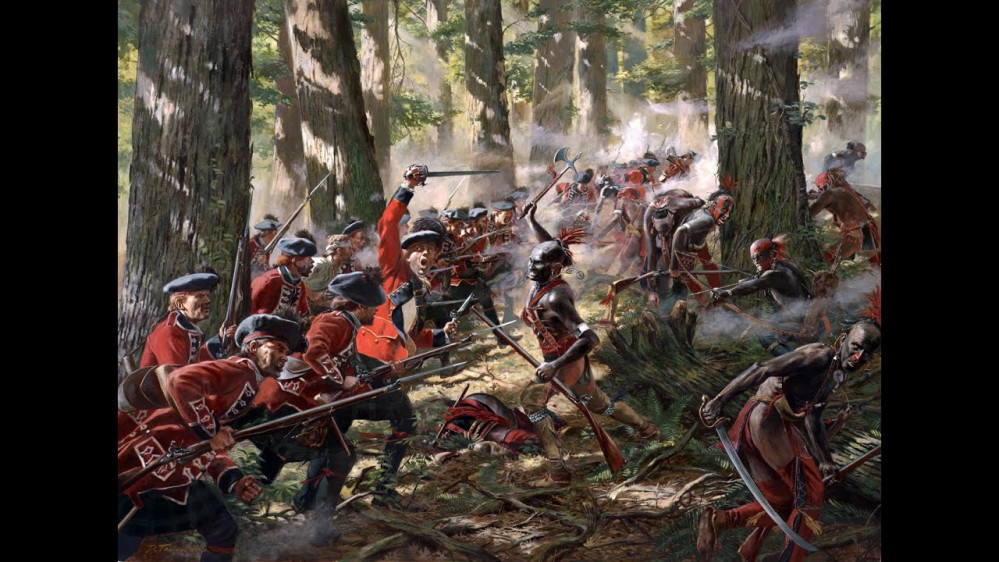
A Gentleman's (or Woman's) Guide to Recreating the Engagements that Took Place in North America During the French and Indian War with Special Attention Given to those Small Skirmishes Well Suited for 28mm Tabletops
Writing a List and Unit Types
Welcome back to the article series exploring the new edition of Muskets and Tomahawks. In this article we’ll look at how to write a list and the different unit types.
Now that we’ve looked at how to play the game and what sort of scenarios you can expect to be playing it’s time to look at what our forces are going to look like. There are two levels of game under 500 points and over 500 points which effect the scenarios and certain special rules but won’t effect any of our list building today.
At the time of writing there are currently only three periods available all in the expansion ‘Redcoats and Tomahawks’, the French and Indian War, the American Revolution and the War of 1812.
The first thing your force needs are at least 10 troops of the same type and an officer of to lead them. For example you could take 8 British Regulars and 8 British Grenadiers with a Regular Officer, even though they are different units they all share the same designation as ‘Regulars”. This is essentially the only rule that you need to follow when building a list, one officer per ten men of that unit designation and you have to remain within ally limits.
One important thing to remember is that if more than half of a force, in miniatures, is composed of a single troop type then the force is considered to be that troop type. For example a force of 24 British Redcoats with 23 Rangers accompanying them would be considered a specialised Regular Force, If the force had another one Ranger then it would be considered a Mixed Force and if it had two extra Rangers it would be considered a specialised Irregular Force.
Specialised forces roll differently to determine the scenarios they play and all the officers of the specialised troop type gain a slight special rule to reward players for taking themed forces. For example Irregular Officers have a chance to let their men move after firing or Provincial Officers give their men better moral boosts when they’re nearby.
If you’ve written lists for other tabletop games before then you’ll be familiar with how it works, units have a minimum and maximum size, a cost per man and various upgrades. For example Regulars generally cost ten points per man and a unit size of between eight and twelve. Different forces are also restricted to units based on their period, for example Cavalry is basically non-existent in the French Indian War, German Mercenaries can only be taken in the American Revolution and more elite American troops can’t be taken until the War of 1812.
As a general rule playing a game in this period in North America without any sort of Irregular skirmishers is asking for trouble and a full force of Regulars will find themselves outmaneuvered and sniped from the trees. On the other hand while a full force of Irregulars is both historically accurate and perfectly playable you will find yourself struggling to deal with lines of Regulars, sure you can snipe a few but sooner or later you need to deal with them in order to complete your objectives.
Now we’ve talked about putting together a list let’s talk about what that all means.
Regulars- Regulars are your basic Red, White and Blue coated line troops of this period, there are also two elite forms of Regulars called Grenadiers, who are tougher and more suited to melee, and Light Infantry, who are skirmishers that keep the moral and training of a Regular while having some of the shooting abilities of an Irregular.
Irregulars- Irregular troops are just that, from frontier woodsmen with Kentucky long rifles to Robert Rogers personally trained elite Rangers and everything in between. These troops generally have access to upgrades like Rifles or special rules that make them better in their role with rules like moving through terrain or re-rolling failed hits. The most famous examples of Irregular troops are Roger’s Rangers, Coureur des Bois, British Green Jackets and American Revolutionary Riflemen.
Provincials: Provincial troops represent the less well trained line troops of this period. These units are essentially Regulars without the training, they can still form lines and volley fire they just can’t do it as well as the Regulars can. Examples of these sorts of units are American Provincials in the French and Indian War, American Continental Infantry and Canadian Militia in the War of 1812.
Then of course you have the basic Cavalry, Artillery and Indian troops which are self explanatory.
There we are the end of the articles for now. If anyone wants to know more please let me know in the comments and I’ll happily answer them. I’ll expand on this series as more expansion books come out. I have multiple forces for all the major sets of conflicts proposed like the Mahdists v British for Colonial Warfare, American Civil War and of course Napoleonics so now I just need the books.





























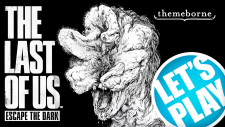

![TerrainFest 2024 Begins! Build Terrain With OnTableTop & Win A £300 Prize! [Extended!]](https://images.beastsofwar.com/2024/10/TerrainFEST-2024-Social-Media-Post-Square-225-127.jpg)
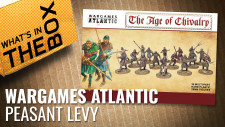
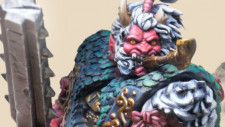


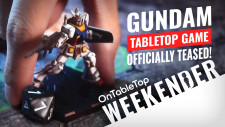




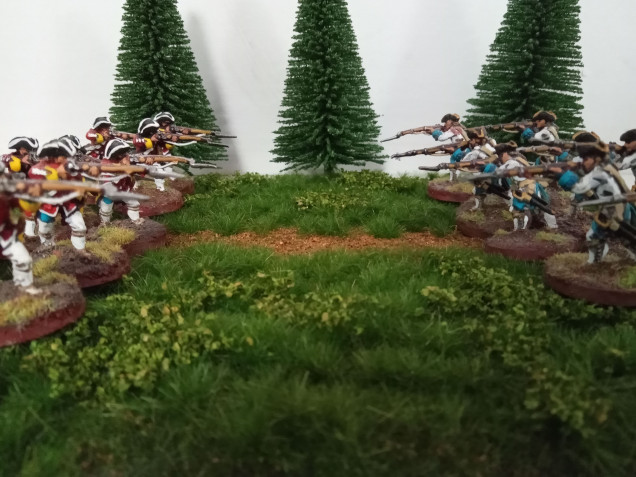
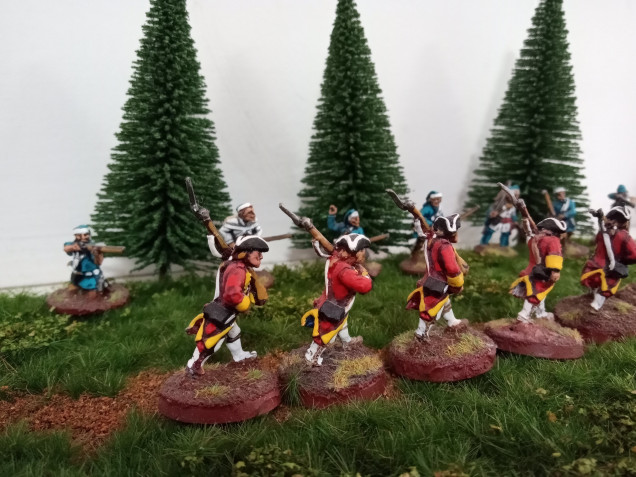
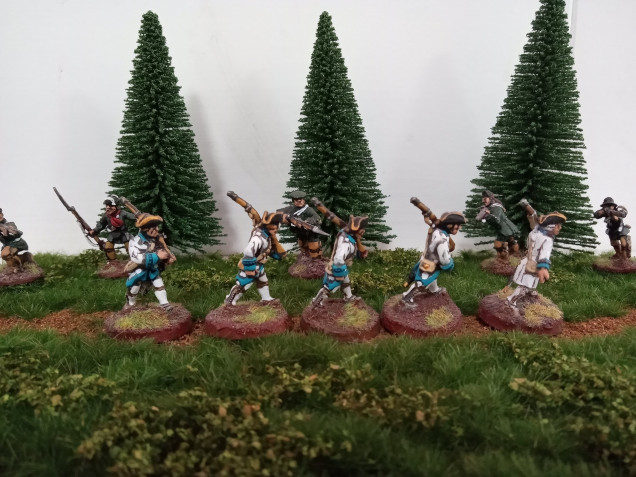

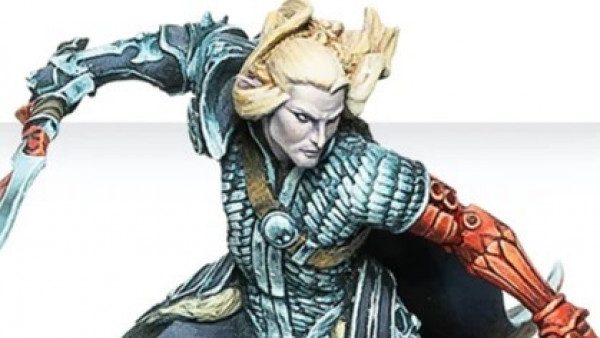
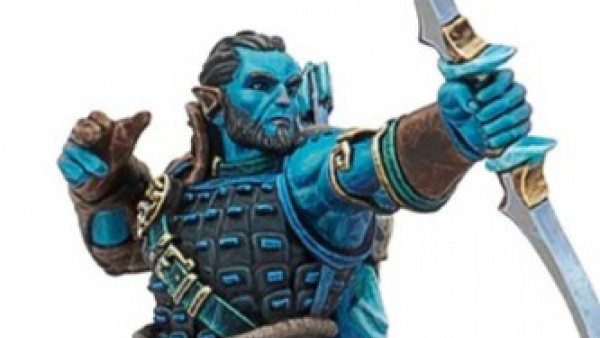
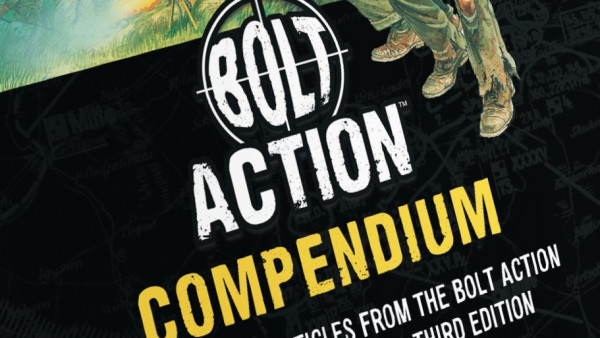
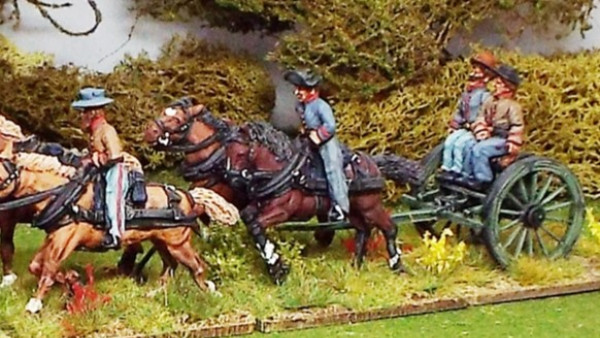
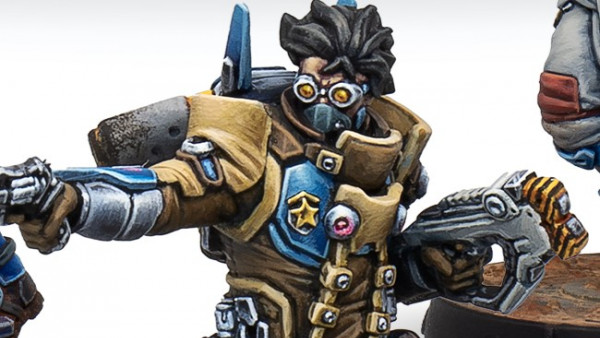
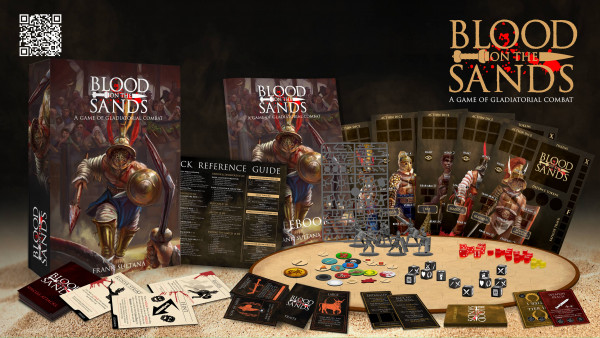
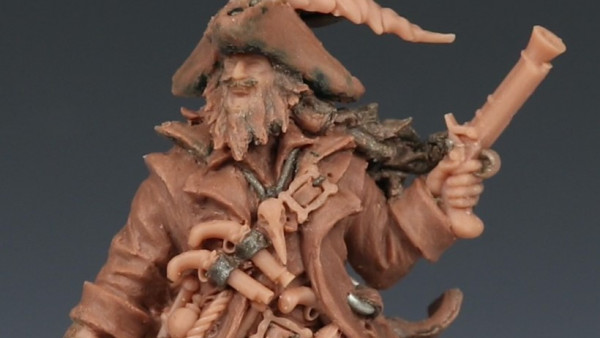
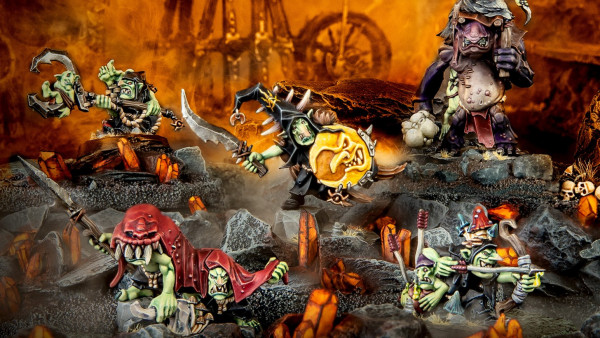
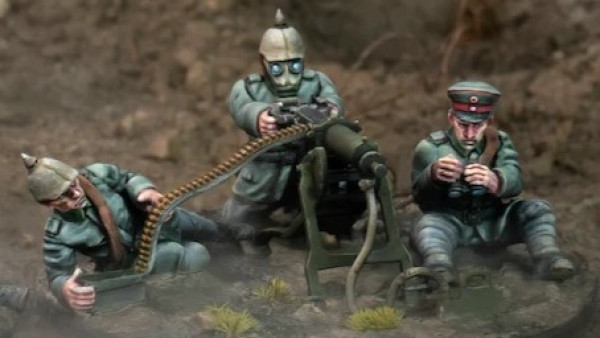

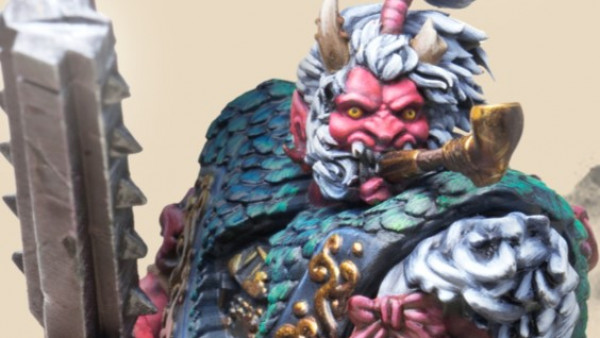
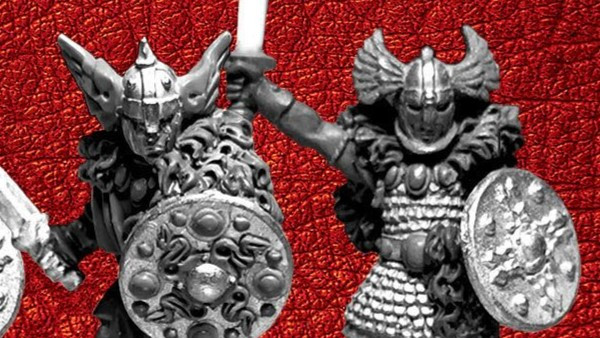
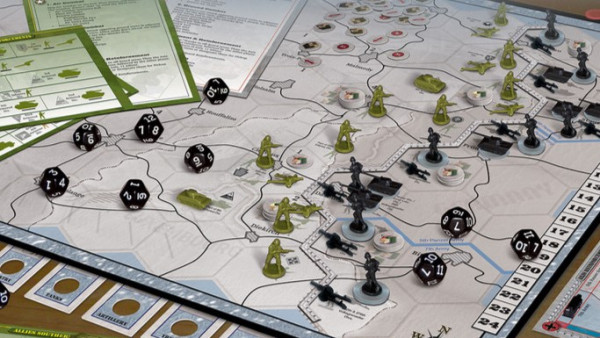
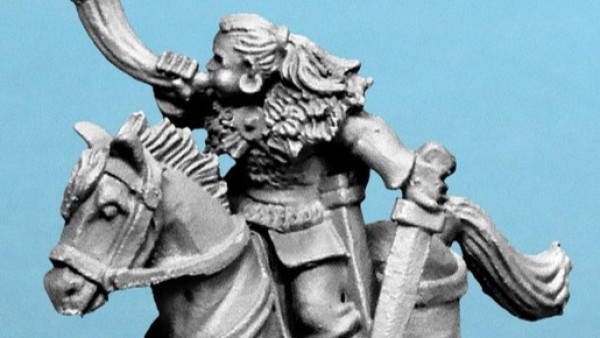


















I think the title of this project is too short….. ?
Haha thanks @amachan
I’m a fan of those old school book titles where they tell you exactly what to expect.
Be interesting to see what conflict they do next beyond north America
I have it on good authority from a guy who knows a guy that it will be Napoleonic. I myself am pretty excited for the Colonial Book.
I guess Napoleonic makes sense before colonial. Not sure how they will cover so many wars in one book. I’d like to see some differences in tribal forces I don’t want my Zulu having the same rules as mahdists
Holy hell, @elessar2590 – what a title! 😛 Nice project on this “prequel” war. I love your “diorama” set ups. Tried Musquets & Tomahawks (1st Edition) in 2015, wasn’t really my thing … but that could be an unfair judgement as I’m not usually a skirmish guy. Good point on the lack of cavalry in the FIW … the same was *generally* true in the American Revolution, SOME cavalry but definitely the exception rather than the rule. Cavalry is a very expensive and experience-driven arm of the service. The British couldn’t be be bothered sending that many of their more… Read more »
Thanks Jim.
People take Cavalry for granted but in North American terrain proper European Cavalry wouldn’t be much use. Cavalry are area denial weapons used in the open, if you want to scouts send some junior officers on horseback you don’t need a very expensive regiment especially for forced this size.
Robert Rogers deserves his own article and possibly a video. The man starts the war facing death or a serious prison sentence for counterfeiting money and goes on to invent Special Forces which he literally writes the book on.
It’s amazing!